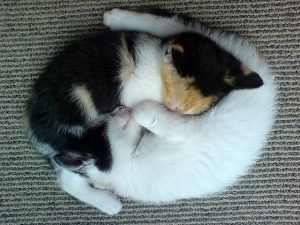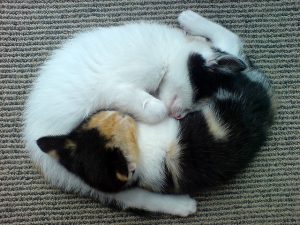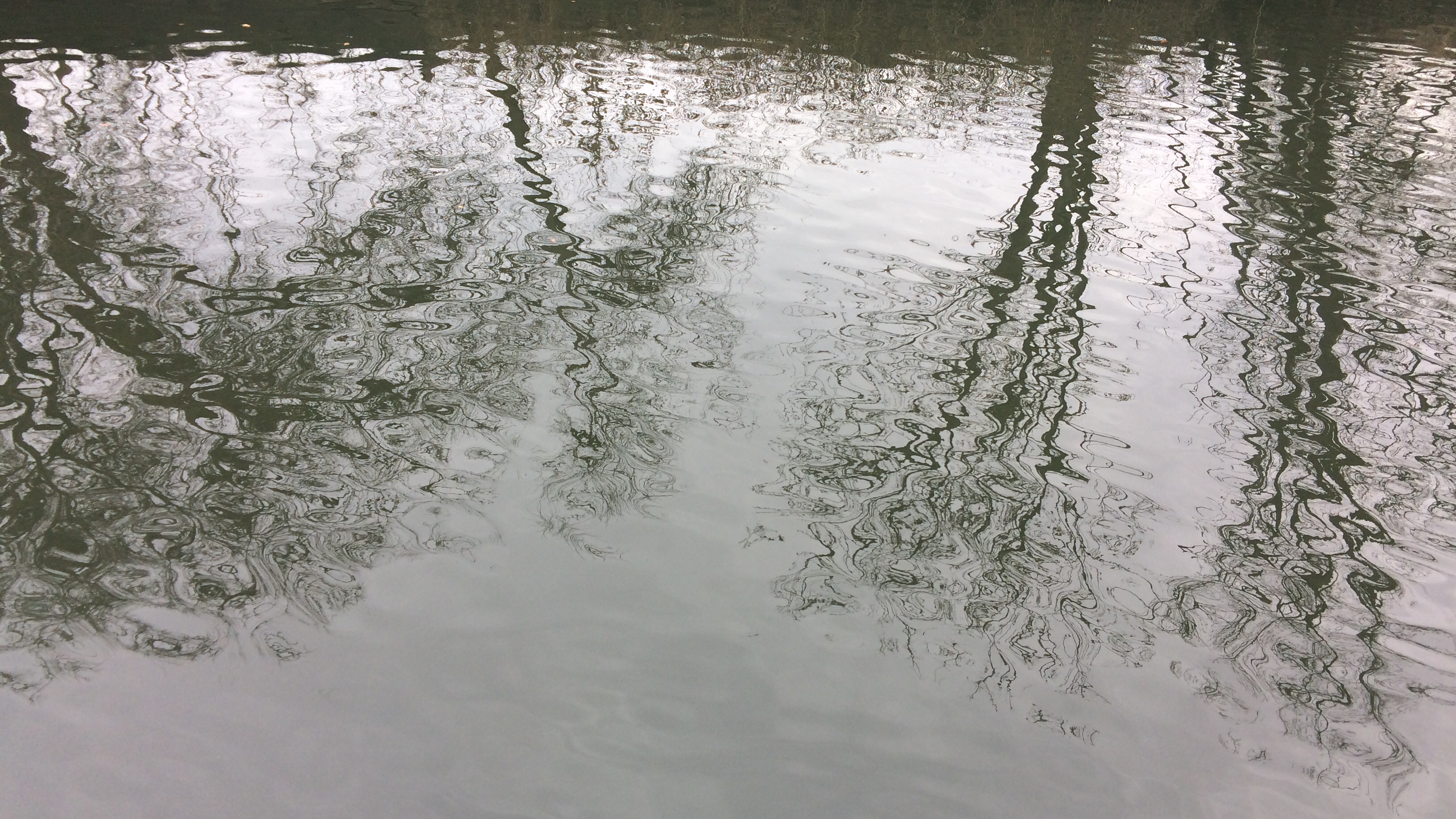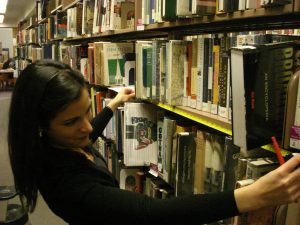Attending the American Library Association’s Annual Conference can be overwhelming – the crowds, the number of programs, the sheer size of the convention center and all the walking that comes along with that. This year I asked three colleagues to reflect on their experience, as first timers. I heard from everyone that it was hot and steamy. And the food…
Thanks, Kaitlyn Semborski (Library External Affairs & Advancement), Beckie Dashiell (Editor) and Urooj Nizami (Resident Librarian) for their thoughtful responses, and tempting, interesting pictures. 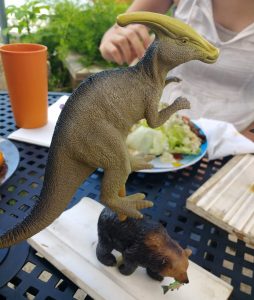
What was the most useful session you went to, in terms of how you might apply what you learned to your work here?
Kaitlyn: My favorite session that I went to was “Bringing Life to Your Library Services with 360˚ Virtual Tours.” I felt the session gave me a learning takeaway that I might not have learned about without attending a conference where people share their ideas. It inspired me to want to work on a similar 360 project when we move into the new library to help connect our users with resources. It’s also an idea for how we can get students and community members familiar with the new layout in the new building. Hopefully we can make it happen.
Beckie: I went to a session titled “Marketing Strategy, Marketing Plan, and Marketing Tactics: Why You Need All 3!” which I found to be very useful. It served as an important reminder that there are multiple steps in strategic marketing, and all of them should be in service of your organization’s mission/vision. Starting at the high level (who, what, why) to the how to the specific actions you take to support a marketing plan will help you develop the most successful campaign. I think this kind of planning will inform the work we do as we prepare for Charles Library.
Urooj: I attended a really cool, very well attended, session entitled Open Education Resources (OER): Where Libraries Are and Where We are Going that aligned with my own interests. As an early career librarian with an interest and passion for the openness movement, I found this panel particularly helpful as it eased my imposter syndrome. Sometimes the very act of being in a room with folks who are interested in the same domain allows you to feel like your ideas and plans are aligned with other professionals’ and institutions’ strategies and are not completely out of left field. This session sparked ideas that I hope to integrate into my own capstone project plans here at the Temple University Libraries.
What was the most surprising thing that you discovered/learned at ALA?
Kaitlyn: Since this was my first time at ALA, a lot surprised me. I was just amazed at the amount of other library workers in the city and to learn how big of a conference this really is. It was fun to meet other people doing similar work across the country. Something that I learned (but wasn’t too surprised about) was that it seems like we are certainly doing a lot right! Especially with our programming, we seem to be doing a great job.
Beckie: How huge the exhibition hall was! I hadn’t really thought about all the different kinds of vendors I would encounter. The library world is vast! And people told me about the free books, but I had no idea just how many there would be for the taking.
Urooj: I never quite realized the size and breadth of our profession until I was in NOLA at ALA among tens of thousands of fellow librarians trying to nab a seat at the same lunch spots! I was exposed to librarianship of public and special libraries in a way I haven’t been unable to engage with before. I found it really interesting to think about the overlap within the particularities of our fields while also considering the realms each distinct library type excels and how we can share and learn from our colleagues’ strengths. At the same time, I also realized that while ALA is a really helpful foundation conference, it would best serve a professional if it were complimented by a discipline specific, more focused conference.
What was the best food you ate, or the most interesting experience that was non-ALA related?
Kaitlyn: I went to Café Du Monde and tried my first Beignet. I love donuts or anything fried, so it was really amazing! I also did a bicycle tour of the city that took us through the French Quarter, Garden District, and Business District where I got to learn a lot about the city’s history.
Beckie: Turkey and the Wolf–this tiny, kitschy sandwich shop that I dragged Kaitlyn and Urooj to in the 100+ weather! But I had a good reason–in 2017, Bon Appetit named it the best new restaurant in America, so I’ve been wanting to try it ever since.
Urooj concurs with Beckie’s assessment of the food. She says, The food was great, but it was even cooler to spend time with and to get to know colleagues outside the office!
Thanks everyone.
Nancy: Just curious, is that chocolate pudding and marshmallows with french fries?
Beckie: Actually, soft serve with magic shell and potato sticks!


